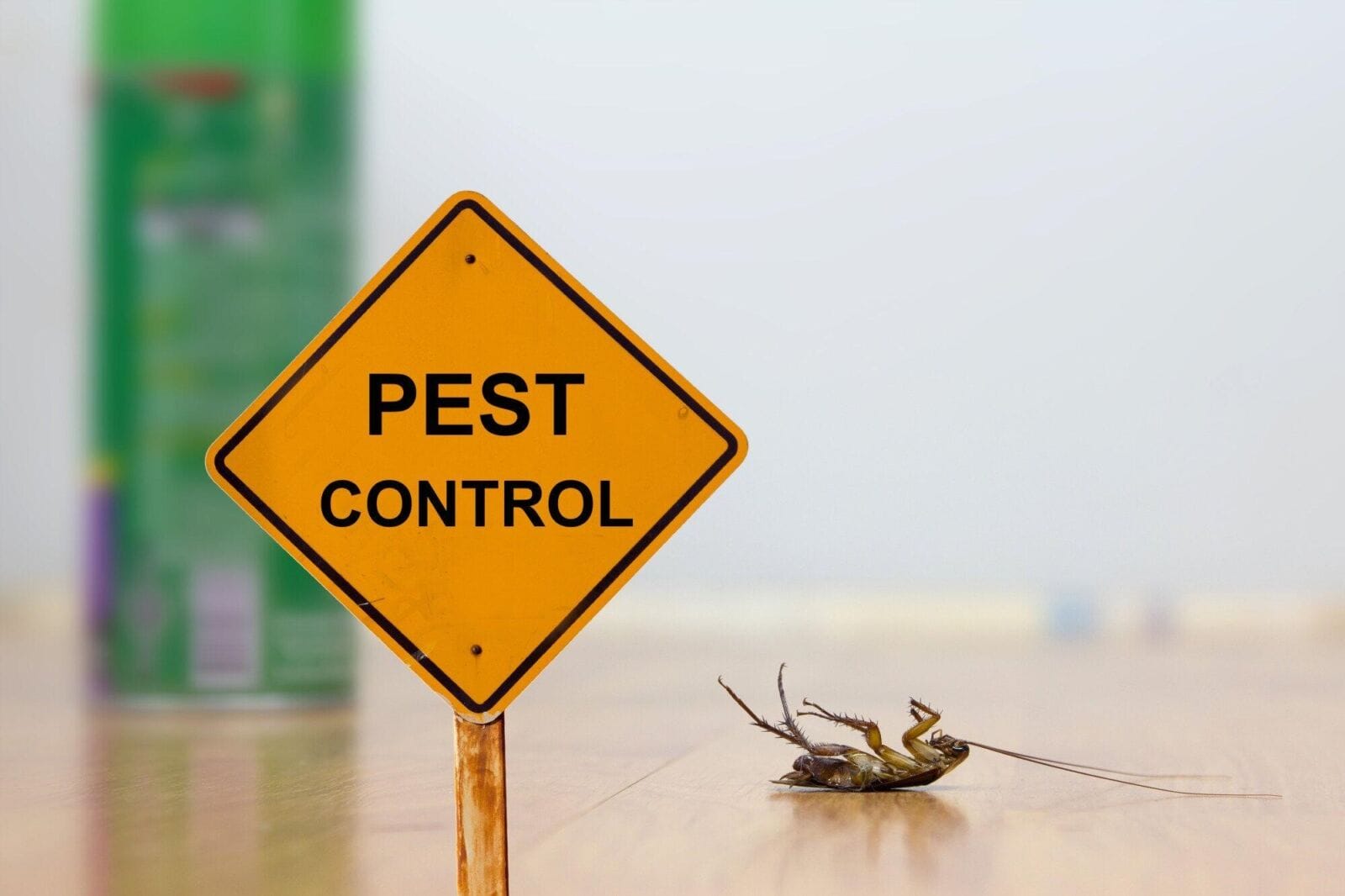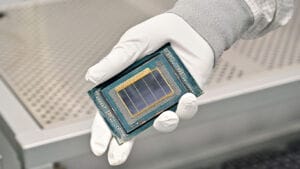Dealing with a pest infestation in a commercial setting can be both urgent and stressful. From rodents and insects to mold growth, these intruders can pose serious risks to your business’s operations, hygiene, and overall reputation. Understanding the best ways to handle these issues quickly and efficiently is crucial for any business owner.
This article aims to provide you with practical tips and strategies for managing a pest infestation in your business.
Recognizing the Signs of a Pest Infestation
One of the most important steps in addressing a pest infestation is recognizing the signs early. Pests can often go unnoticed until they cause significant damage or health risks. Common indicators include:
- Unusual noises
- Visible droppings
- Greasy smudges
- Unpleasant odors
The sooner you can recognize these signs, the quicker you can take action to address the issue.
Taking Immediate Action
Once you’ve identified a pest infestation, it’s important to act quickly. Delaying action can lead to a more severe problem, potentially causing greater disruption to your business.
Assess the severity of the infestation. If it appears to be confined to one area, you might be able to manage it yourself; however, more extensive infestations will require professional help.
For minor issues, consider using traps or bait to eliminate the pests. If you choose to handle it yourself, be sure to take proper safety precautions by wearing gloves and masks to avoid any health risks associated with pest control chemicals.
Engage Professional Pest Control Services
For significant infestations, the best course of action is to bring in professionals who specialize in pest control. Companies like Enviro Guard have trained technicians who can identify the specific types of pests present and use effective methods to eliminate them. These professionals also have access to advanced tools and products that are not available to the general public.
Professional pest control services will not only eliminate the present infestation but also help prevent future occurrences. They can suggest strategies for sealing entry points and provide recommendations about sanitation practices that discourage pests.
Implementing Preventive Measures
Once you’ve dealt with an infestation, it’s crucial to implement preventive measures to protect your business in the future. Start with a thorough inspection of your premises. Seal any cracks or gaps around doors, windows, and foundations to prevent pests and mold growth from entering.
Regular cleaning is another effective way to deter pests. Make sure food areas are kept clean, and dispose of waste properly.
Educating Your Staff
Another important aspect of managing a pest infestation is educating your employees. Training them to recognize the signs of pests and to maintain cleanliness can create a proactive atmosphere in your workplace.
Informing employees about the importance of storing food properly and disposing of waste correctly can also help reduce the risk of attracting pests. By engaging your team, you can create a more vigilant environment that prioritizes pest control.
Monitoring and Maintenance
After resolving a pest infestation, it’s essential to monitor and maintain your premises regularly. Schedule routine inspections with pest control experts to ensure any early signs of an issue are caught before they escalate.
By keeping a vigilant eye on your property, you can enjoy peace of mind knowing you’ve taken steps to protect your business.
Getting Rid of Pests
Handling a pest infestation effectively involves recognizing signs early, acting quickly, and implementing preventive measures. Engaging professionals can make the process smoother and more efficient. Remember, a proactive approach ensures your business remains safe and inviting for both employees and customers.
Visit our website and read more.




